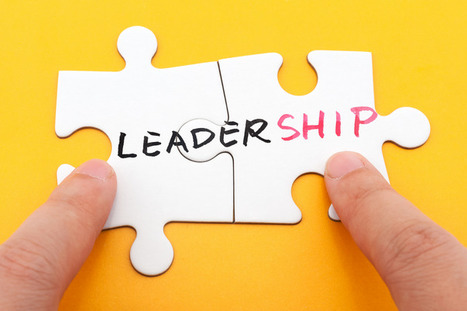There’s a lot of discussion about what makes a person successful. Some say it’s the people you know or your network. Others say it’s all about how you organize your day and your priorities. Others say it’s innate personality characteristics.
All of the things listed above are extremely important. And, we wanted to know what really creates true greatness in people—where their work is so good that they win awards for it.
Via The Learning Factor



 Your new post is loading...
Your new post is loading...














Whether you’re trying to figure out how to find success for yourself, or searching for ways to help employees become the best versions of themselves, there are a billion places you can look for insight. However, research shows there are five things anyone can do. And, you can start today.